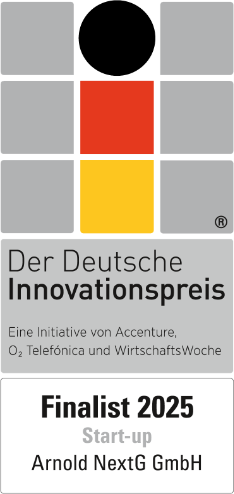

Semi-Autonomous Driving
Semi-autonomous driving at Levels 2 and 3 combines human expertise with smart technology. These systems handle routine tasks like lane-keeping, speed control, and distance management, while the driver focuses on more complex maneuvers.
Seamless transitions between autonomous functions and manual input occur in real time, ensuring no loss of control. This eases the driver’s workload, enhances safety, and strikes the perfect balance between automation and human oversight – ideal for changing demands in everyday use.
NX NextMotion – semi-autonomous, strengths combined.
Combining Strengths – Teleoperated and Semi-Autonomous Driving
The combination of teleoperated and semi-autonomous driving creates a dynamic solution that seamlessly unites human expertise with advanced technology.
Flexibility and Adaptability:
Teleoperation enables precise remote control of vehicles in complex environments, while semi-autonomous systems handle routine tasks such as lane-keeping or speed regulation. This synergy ensures maximum adaptability in dynamic scenarios.
Enhanced Safety:
Semi-autonomous functions minimize errors in standardized processes, while teleoperated systems provide real-time human decision-making in critical moments. The result: increased safety and faster response times during unexpected events.
Cost Efficiency:
By leveraging existing infrastructure and enabling gradual implementation, both approaches are economically viable. Companies benefit from lower implementation costs and efficient resource utilization.
Versatile Applications:
From agriculture and construction to logistics and public transportation – the combination of teleoperation and semi-autonomy adapts flexibly to the needs of diverse industries.
This integrated approach harnesses human intuition and the precision of automated systems to deliver maximum efficiency, safety, and versatility.
NX NextMotion – Bringing Technology and Humanity Together to Drive Progress.
Our flexible modular system enables the implementation of any drive, steer or brake-by-wire requirements, right through to revolutionary system-on-chip (SoC) solutions.






